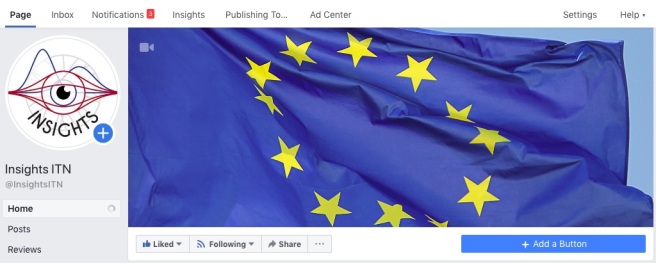The modern scientific method has its origins in the 17th century and has been constantly developing throughout the centuries. And even though procedures may vary from one science to another a crucial part for all is the comparison of experimental data with theoretical predictions. To draw any conclusion and solve physical problems based on observation and theory one needs to develop a statistical model to connect the two. Therefore one of our supervisors professor Wouter Verkerke, who happens to be an expert on the matter, gave a 3-day workshop for both INSIGHTS and local PhD students at the Dutch National Institute for Subatomic Physics (Nikhef) in Amsterdam.
As a Dutchman it was a welcomed excuse to travel back to my country and also revisit the institute where I used to work before my PhD. Most of ESRs arrived on the evening before the workshop. Because it had been while since we last saw each other we used the opportunity to catch up and exchange stories on our first few months. And to give the other ESRs some taste of the Dutch culture we did so whilst enjoying some drinks and “stamppot met rookworst” in the center of Amsterdam. I thought it would ease them in instead of throwing them in the deep with the raw herring and onions tradition. Maybe next time!
The next day we started our workshop which had a clear cut structure and a good build up in complexity and detail. In the morning Wouter gave us lectures on the theory and in the afternoon we got to apply the concepts with a set of exercises in RooFit, one of the most used statistical modeling software packages at CERN and the brainchild of David Kirby and Wouter himself. Throughout the workshop we learned about basic concepts such as typical probability density models, p-values and Likelihood Ratios to more advanced topics such as incorporation of nuisance parameters, unfolding and Effective Lagrangian Morphing.
The workshop was closed with a talk from former Nikhef PhD student Max Baak currently working at KPMG as chief data scientist. Because many PhD students and post-docs continue in industry or business Max was invited to give a talk on his experience at KPMG. He told us how he applied his knowledge acquired in academics and used some of his recent business cases as examples. Good to see what some of the non-academic possibilities are!
Kudos to Wouter Verkerke for giving us such a complete and clear picture of statistical modeling in particle physics including hands-on experience in RooFit. It was a great workshop and hopefully we can come back soon for a follow-up!





